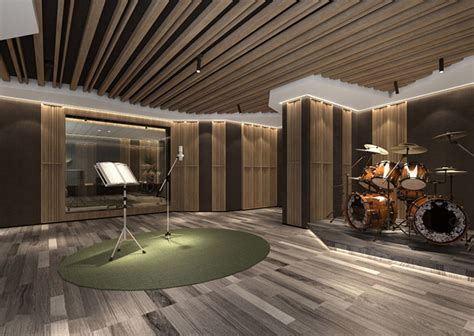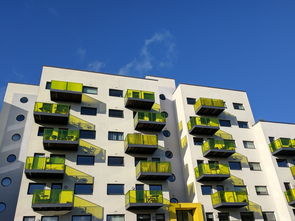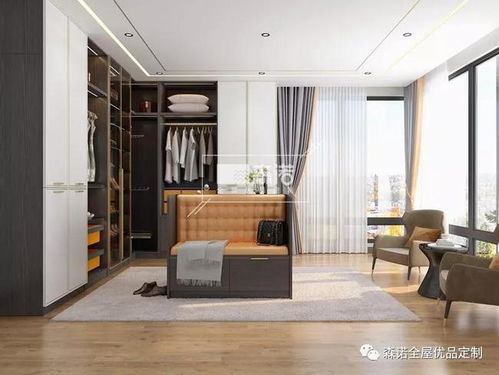录音棚设计装修的价格
Title: Designing a StateoftheArt Recording Studio: Key Considerations and Recommendations
Creating a recording studio entails a meticulous blend of technical prowess and creative finesse to fashion an environment where sound quality, comfort, and functionality converge harmoniously. Here, we delve into the intricate art of recording studio design, exploring crucial elements and offering actionable recommendations for crafting a worldclass facility.
Understanding the Essentials
Acoustic Considerations:
Room Size and Shape:
Optimal dimensions and shape play a pivotal role in mitigating standing waves and unwanted reflections. Aim for a rectangular space with nonparallel walls to minimize sound coloration.
Isolation:
Effective isolation from external noise is imperative. Employ doublewall construction, resilient channel mounts, and dense materials to curtail sound leakage.
Treatment:
Strategically place absorption panels, diffusers, and bass traps to achieve balanced acoustics. Address early reflections with absorption panels positioned at reflection points.
Ceiling Height:
Aim for a ceiling height of 912 feet to accommodate vertical dispersion and prevent lowfrequency buildup.
Electrical and HVAC Systems:
Grounding and Power:
Ensure proper grounding to mitigate electrical interference. Install dedicated circuits to power studio equipment and prevent overloading.
HVAC Noise Reduction:
Select HVAC systems with low noise levels and incorporate soundproofing measures to minimize operational noise during recording sessions.Ergonomics and Layout:
Workflow Optimization:
Design a layout that facilitates smooth workflow and communication among recording personnel. Position recording consoles, monitors, and outboard gear ergonomically for ease of operation.
Comfort and Aesthetics:
Prioritize comfort with ergonomic seating and adequate lighting. Incorporate aesthetic elements to inspire creativity and enhance the overall ambiance.Equipment and Technology Integration
Audio Gear Selection:
Microphones:
Invest in a diverse range of highquality microphones to accommodate various recording scenarios and capture nuanced performances.
Preamps and Signal Processing:
Choose preamps and signal processors renowned for transparency and sonic integrity to preserve the fidelity of recorded audio.
Monitoring Systems:
Opt for accurate studio monitors and headphone amplifiers to provide precise audio playback for critical listening.Digital Audio Workstations (DAWs) and Software:
DAW Selection:
Select a DAW that aligns with your workflow preferences and offers robust editing, mixing, and mastering capabilities.
Plugins and Virtual Instruments:
Expand your sonic palette with a comprehensive collection of plugins and virtual instruments to augment creativity and versatility in production.Integration and Connectivity:
Routing and Patching:
Implement a flexible routing and patching system to streamline signal flow and accommodate diverse recording configurations.
Networked Audio:
Embrace networked audio solutions for seamless integration of digital audio devices and enhanced collaboration capabilities.Environmental Control and Maintenance
Temperature and Humidity Regulation:
Climate Control:
Maintain stable temperature and humidity levels within the studio environment to safeguard equipment and ensure optimal performance.
Dehumidification:
Install dehumidifiers to combat moisture buildup and prevent mold growth, particularly in humid climates.Regular Maintenance and Upkeep:
Equipment Calibration:
Schedule routine calibration and maintenance checks for studio equipment to uphold performance standards and prolong longevity.
Cleaning and Dust Management:
Regularly clean and dust studio surfaces, equipment, and ventilation systems to mitigate the accumulation of debris and maintain pristine audio quality.Conclusion
Designing a recording studio demands meticulous attention to detail, from acoustic optimization and equipment selection to ergonomic layout and environmental control. By integrating advanced technologies, adhering to acoustic principles, and prioritizing comfort and functionality, you can create a worldclass recording facility poised to inspire creativity and elevate audio production to new heights.










